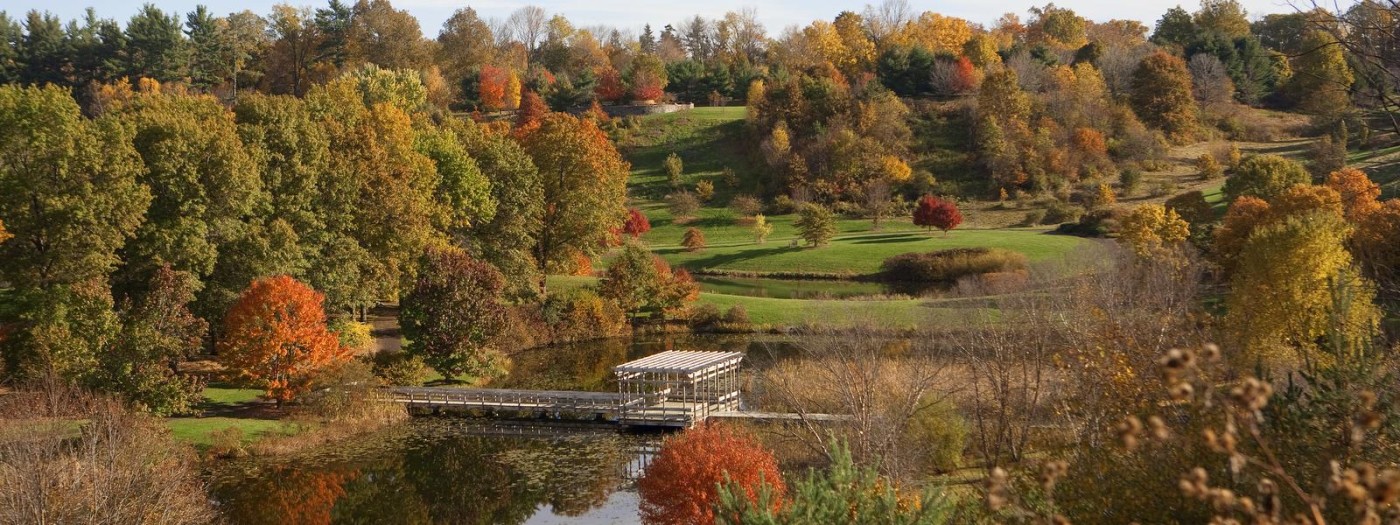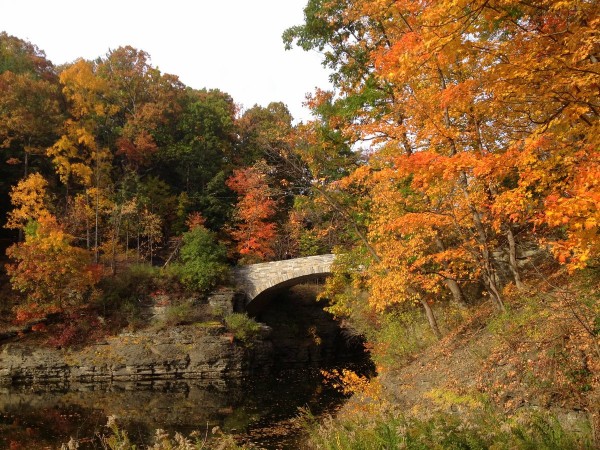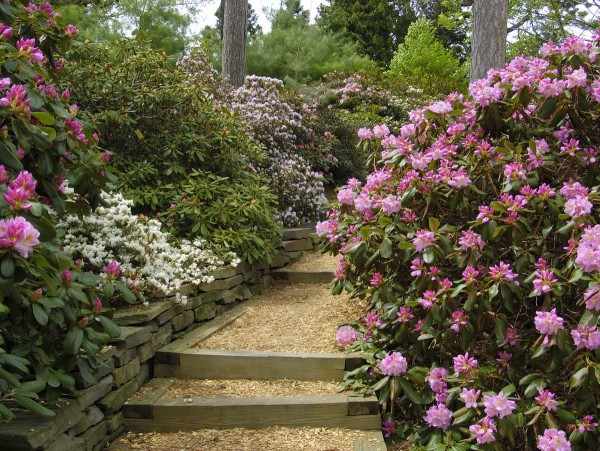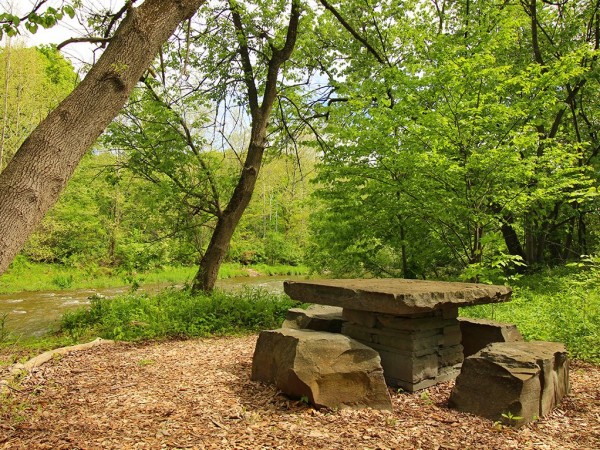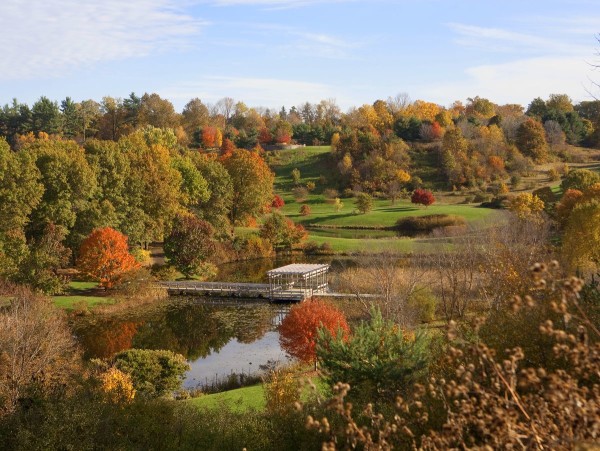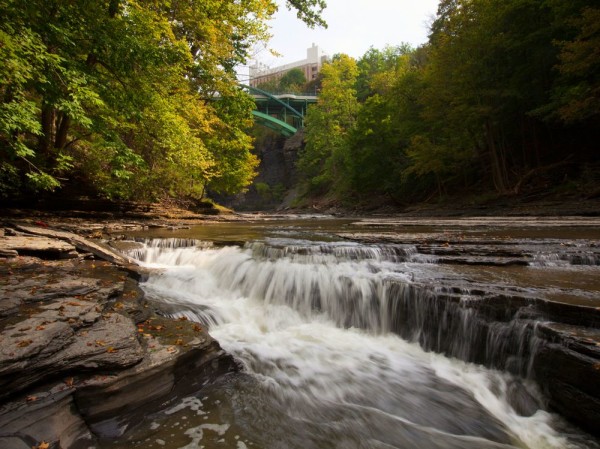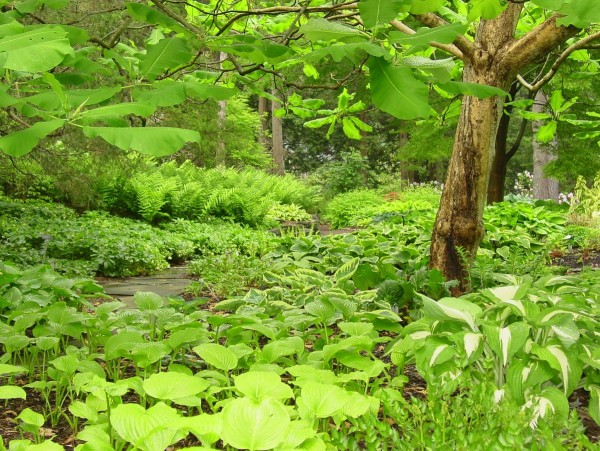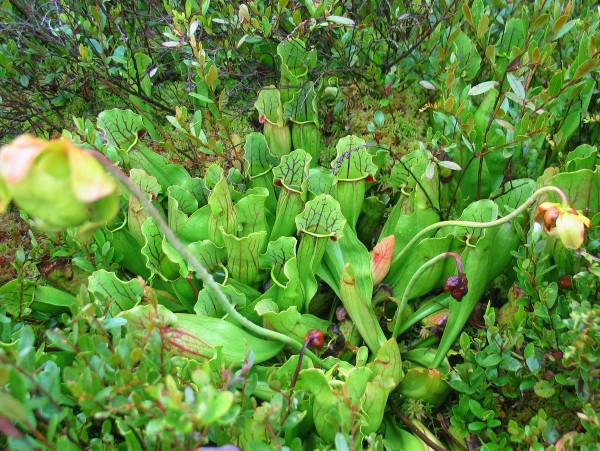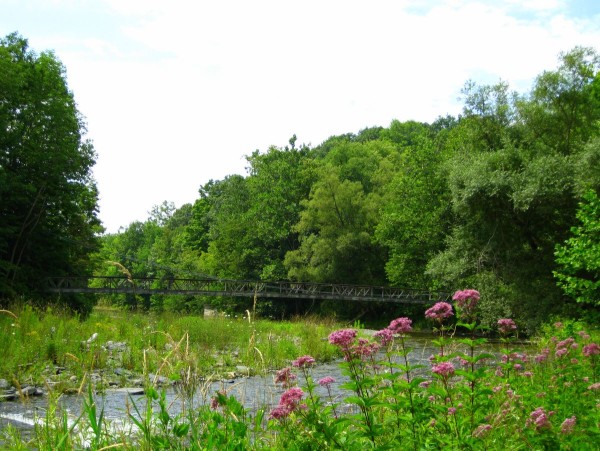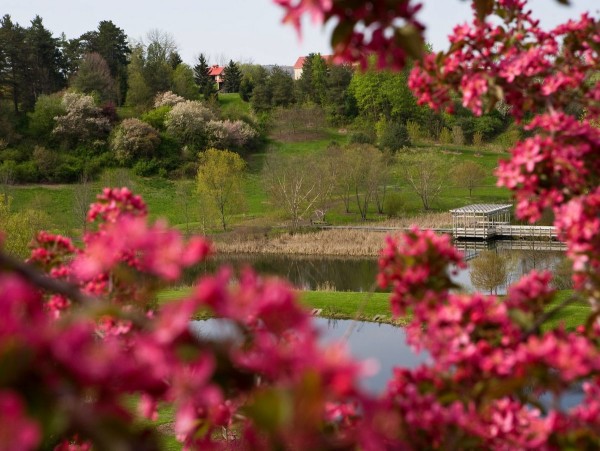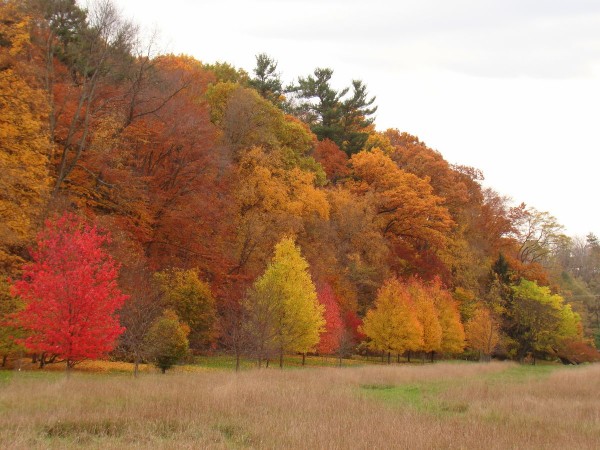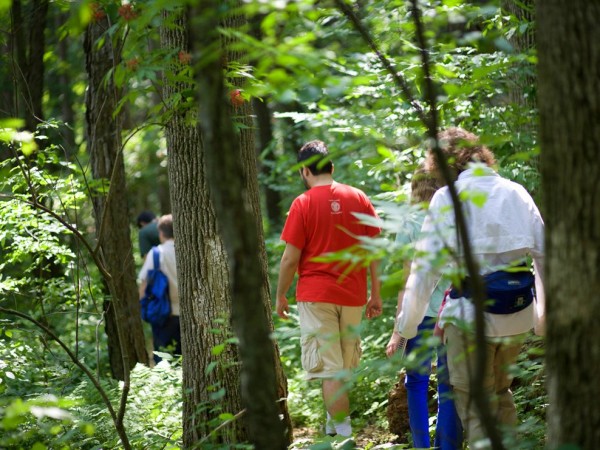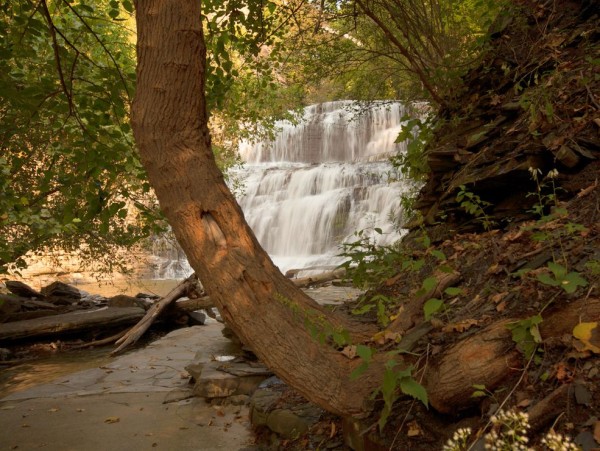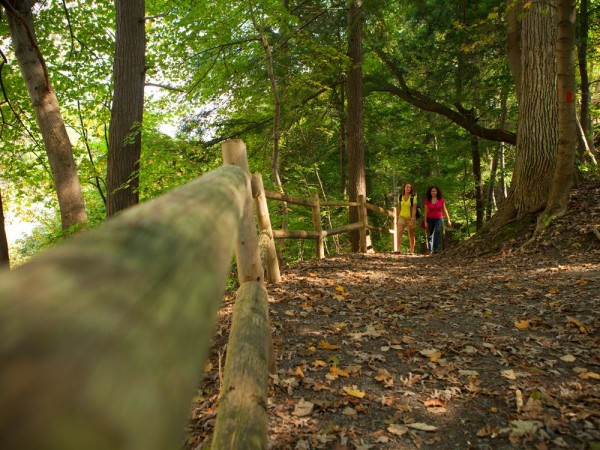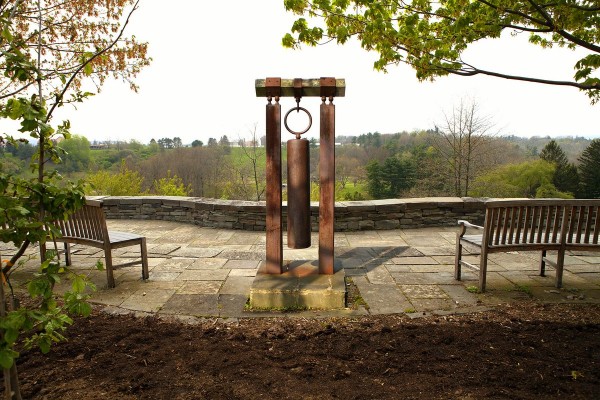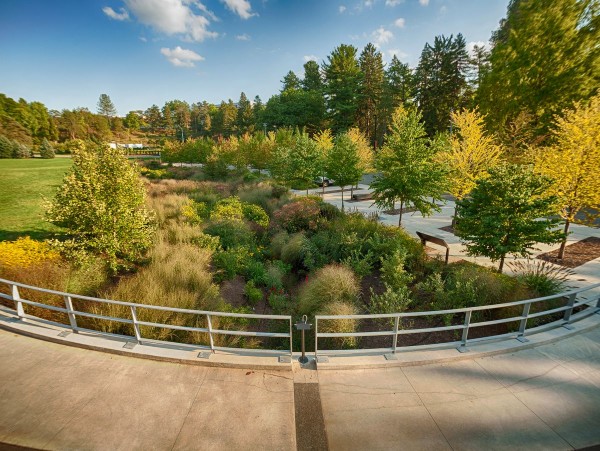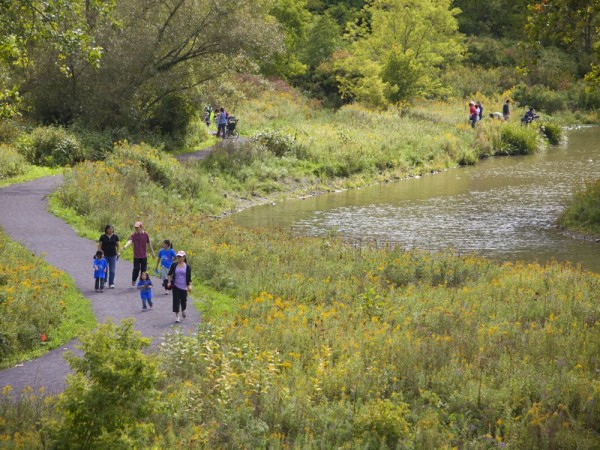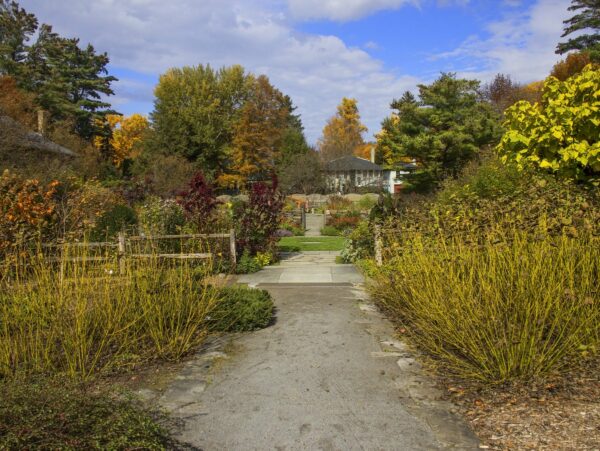There is something for everyone at the Cornell Botanic Gardens, formerly known as the Cornell Plantations. There are hiking trails, nature walks, gardens, ponds, woodlands, meadows, glens, waterfalls, fens, bogs and, of course, gorges. With so much to choose from, it may be a bit overwhelming for an outdoor enthusiast or budding naturalist to decide where to begin.
First, it’s important to note that the Botanic Gardens moniker covers not only the 35-acre gardens nestled in the center of the Cornell University campus, but also include the adjoining F.R. Newman Arboretum and over 3,500 acres of natural areas.
The natural areas are primarily located in Ithaca, but there is a smattering of preserves across the surrounding region. Perhaps the “botanic garden” name is slightly abstract when including these other areas, but it is certainly more indicative of the experience than the former “plantations” title would imply.
Naming conventions aside, there are dozens of different publicly accessible locations and though there are site specific maps, a little local knowledge will go a long way when sorting out the where and what. Fortunately, there is an extensive web site and the Brian C. Nevin Welcome Center to help plan your trip (hint, go to the welcome center on your first visit). And if exploring and/or learning on your own is not your thing, or you want a bit more information, there are ongoing lectures, guided tours, and nature programs.
In general, the experiences can be divided into two basic categories: gardens/arboretum and natural areas. The more cultivated and landscaped gardens and arboretum are ideal for young children, elderly parents, or simply for anyone wishing for a leisurely stroll. Among the 35-acre gardens are twelve specialty gardens, each focusing on a different botanical feature such as wildflowers in the Mundy Wildflower Garden or rock plants in the Heasley Rock Garden. The majority of the gardens specialize in plant species native to New York.
Adjoining the gardens is the 150-acre F.R. Newman Arboretum that features paved paths and seven different tree collections: conifers, flowering crabapples, oaks, maples, walnuts, urban trees, and chestnuts. The chestnuts are particularly notable since these trees are virtually extinct in the United States following the devastating Chestnut Blight that swept the country early in the last century.
The much larger natural areas feature some short walks as well, but also include wilder areas, and most trails would more accurately be described as hiking or running trails. These include some of the more well-known locations like Beebe Lake, Fall Creek Gorge, Cascadilla Gorge, and Monkey Run. There are roughly 40 unique places included in this collection, but since the Fall Creek Gorge and Beebe Lake are in close proximity to the gardens and welcome center, these would be highly recommended for a first visit as well. The gorge trail follows some of the most scenic sections of the Cayuga Trail — a roughly 8.5 mile trail that follows the Fall Creek gorge and links Ithaca with Dryden.
In the end, the Cornell Botanic Gardens has an outdoor adventure to suit any need, whether it be a few minute stroll, an all-day trek, or anywhere in between.

